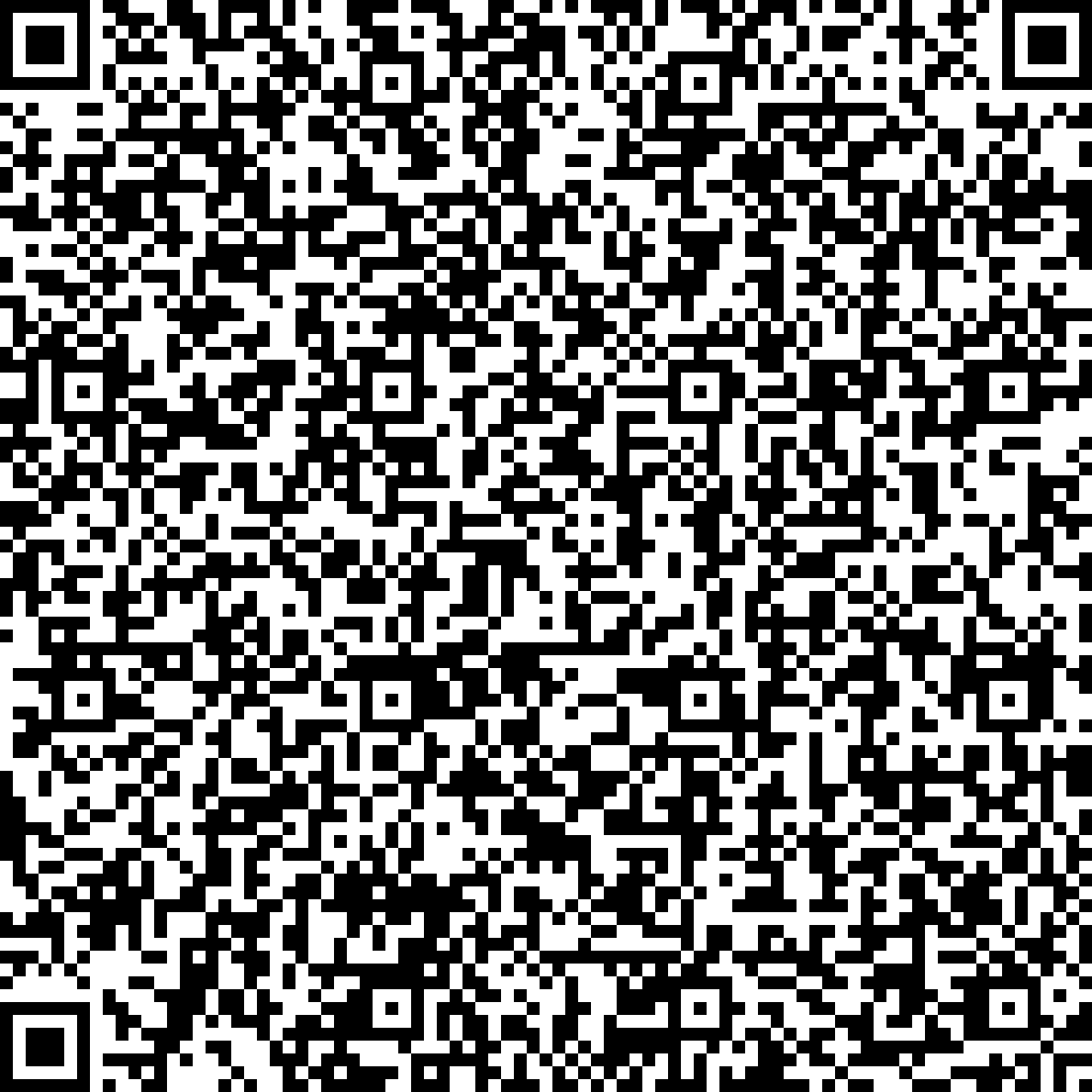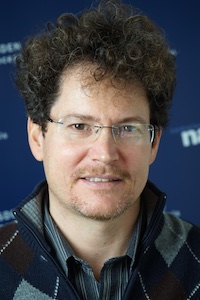


The field of molecular electronics has seen a tremendous expansion in recent years, thanks to the realization of ingenious experimental setups and the fundamental achievement of reproducible results and behaviours. Significant progresses have also been made from a theoretical point of view, although the agreement with experiments is still not satisfactory. The challenges for a complete understanding of transport in such systems are still considerable.
Recently, we have extended the density-functional tight-binding (DFTB) simulator for transport computations to the non-equilibrium Green's function approach (NEGF). This scheme allows to treat contacts and molecules to an equal footing and the computation of the current flowing between the contacts in a fully self-consistent manner with the open boundary and non-equilibrium conditions encountered in such transport problems.
We examine the state of the art of the development of our simulator and show recent calculations of electronic transport in organic nanoscale systems, from single molecules to nanotubes.



The field of molecular electronics has seen a tremendous expansion in recent years, thanks to the realization of ingenious experimental setups and the fundamental achievement of reproducible results and behaviours. Significant progresses have also been made from a theoretical point of view, although the agreement with experiments is still not satisfactory. The challenges for a complete understanding of transport in such systems are still considerable.
Recently, we have extended the density-functional tight-binding (DFTB) simulator for transport computations to the non-equilibrium Green's function approach (NEGF). This scheme allows to treat contacts and molecules to an equal footing and the computation of the current flowing between the contacts in a fully self-consistent manner with the open boundary and non-equilibrium conditions encountered in such transport problems.
We examine the state of the art of the development of our simulator and show recent calculations of electronic transport in organic nanoscale systems, from single molecules to nanotubes.